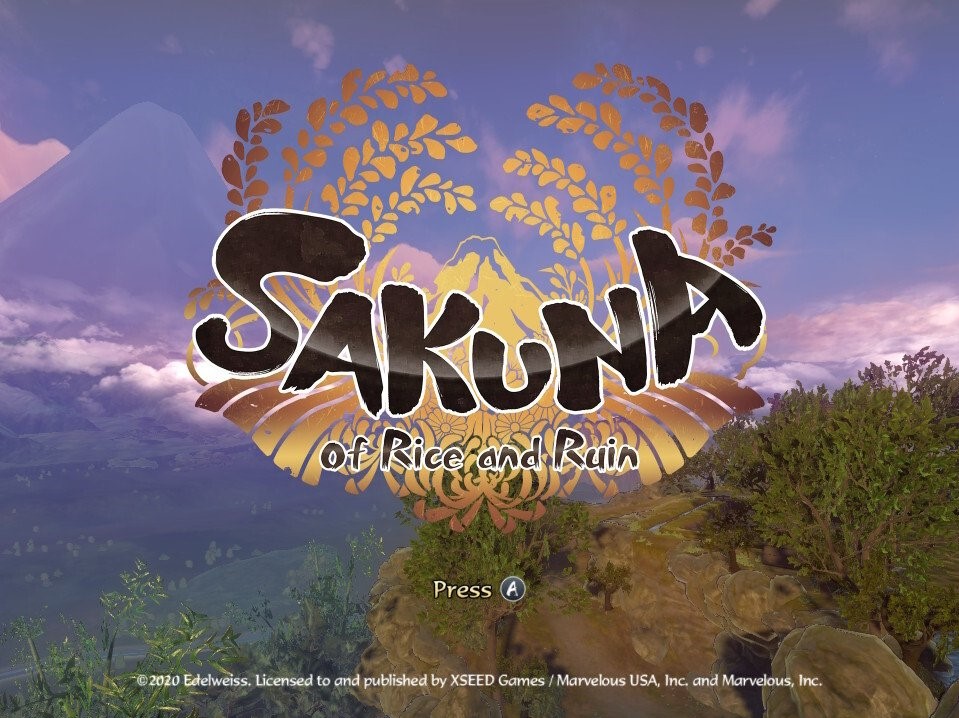You may be thinking that the last thing you need right now is one more video game to add to your collection. You’re already indebted to a suspicious tanuki and have slain every Mongol invader in Kyushu. But what’s one more game, if it means learning to cultivate your own rice and hunt for demons?
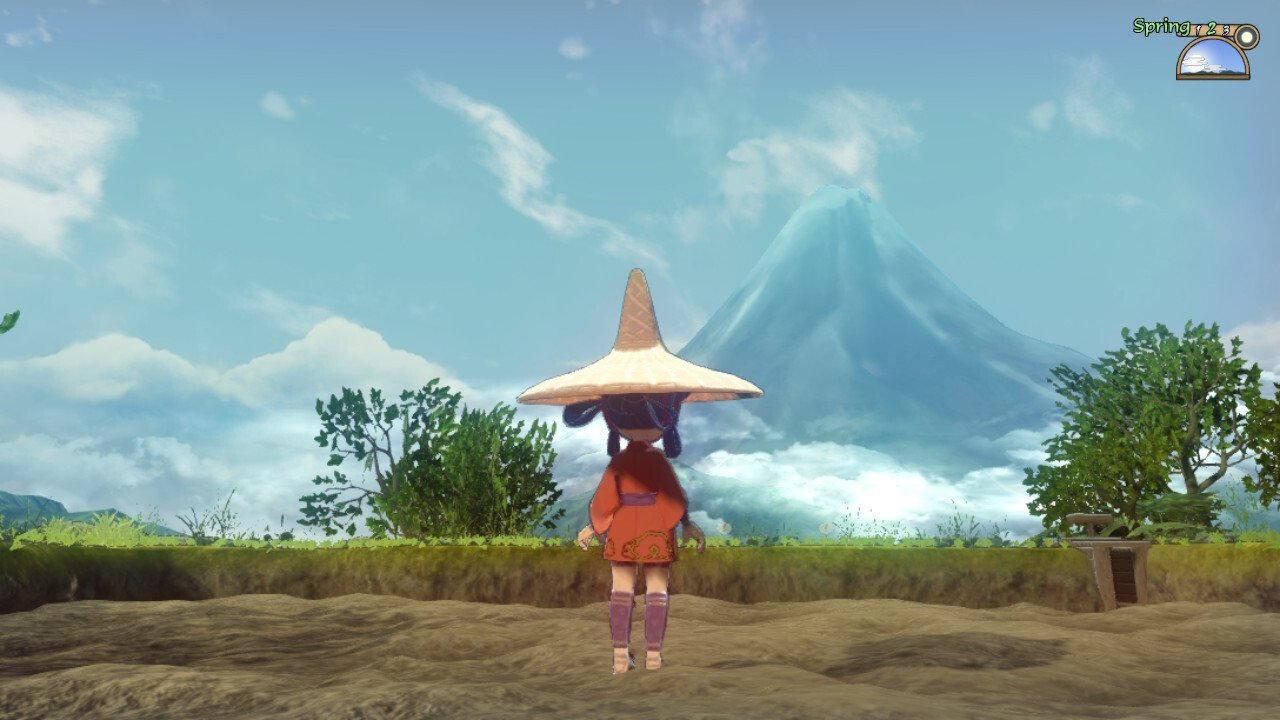
Sakuna of Rice and Ruin (or 天穂のサクナヒメ in Japanese) was released earlier this month and already has a score of 81 on Metacritic. The biggest names in video game journalism are raving about its fun platformer-type combat, but even more so about the game’s in-depth incorporation of rice growing. Yes, farming has always appeared in mobile idle or sandbox games but rarely to this degree.
When You’re Not Fighting Demons, You’re Planting Seeds
The game starts with Sakuna, accidentally burning down a large supply of rice. As a punishment, she must learn the hardships of growing her own crops on an island inhabited by lingering evil spirits. These two main components go hand-in-hand in the game. Healthy crops at the end of a season are essential to increasing Sakuna’s health points and combat abilities. Hunting demons, on the other hand, helps forage essential ingredients for a balanced fertilizer.
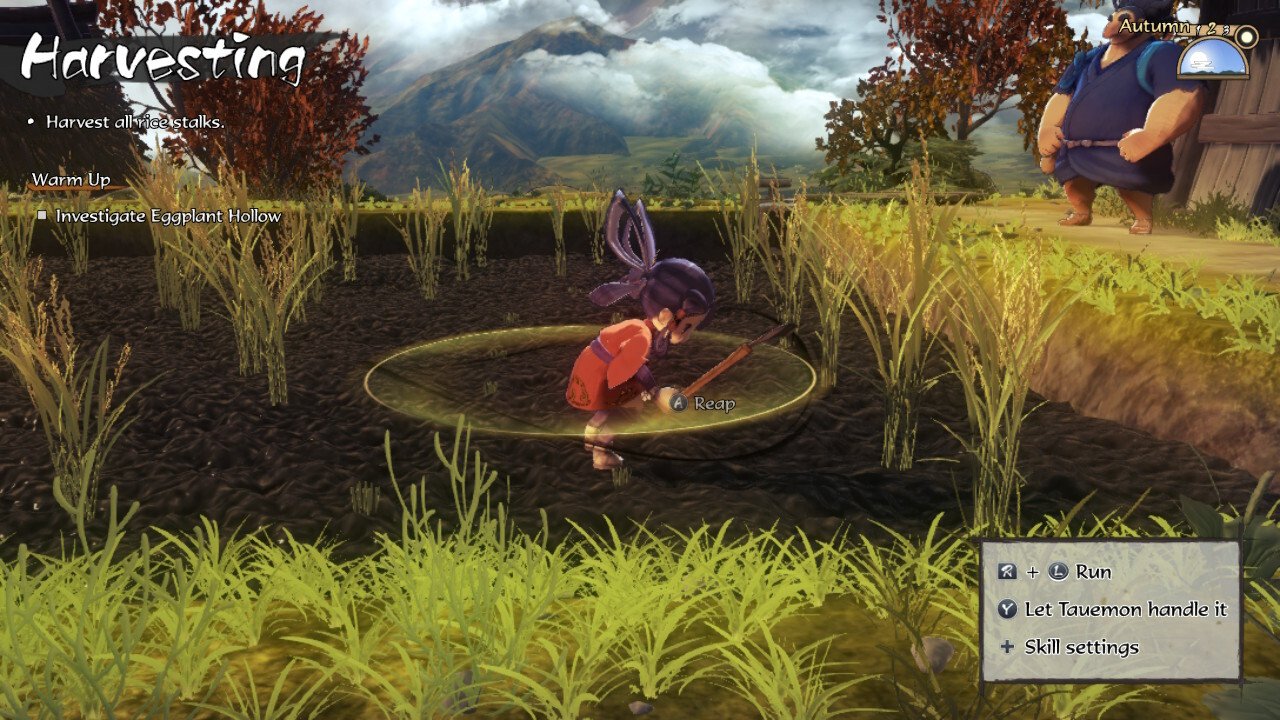
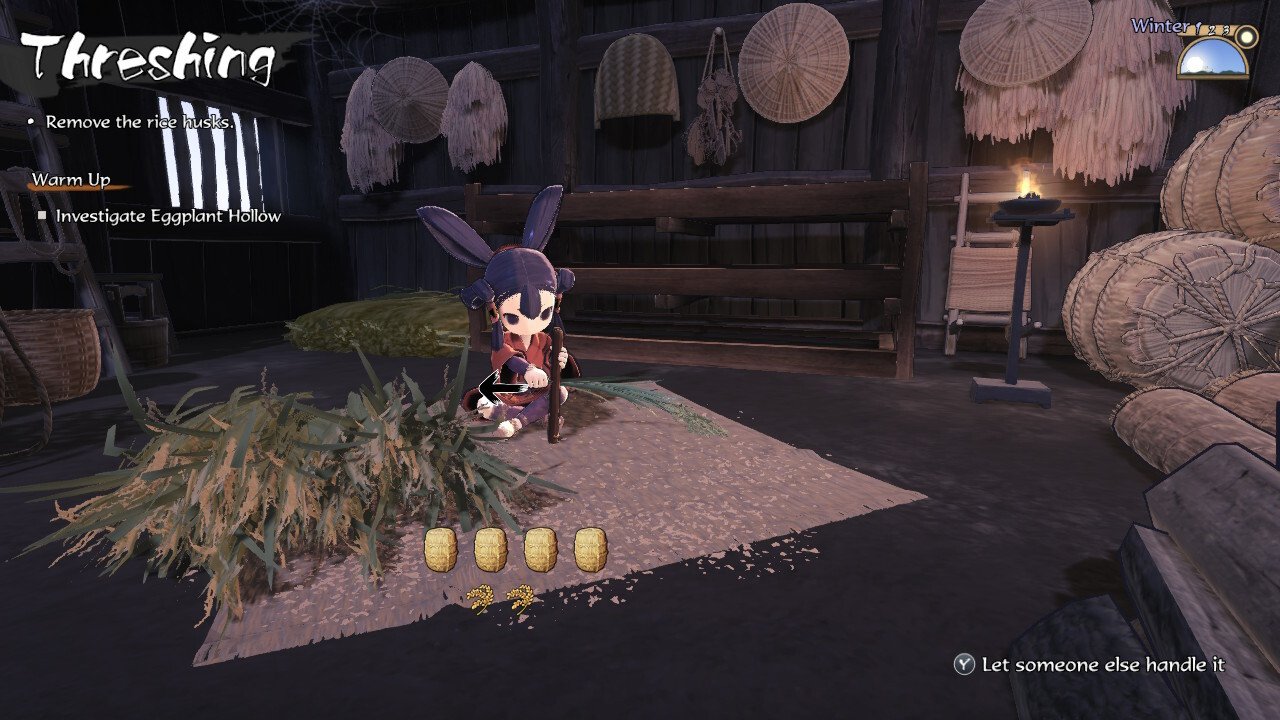
Based on real agricultural science and techniques used in Japan, the game teaches players every aspect of cultivating the best rice and each in-game day heavily gravitates around keeping the crops healthy: from tilling the earth at the end of winter to managing the temperature and depth of the water throughout the spring and summer.
“The biggest takeaway of this game is that everything is connected”
Once the rice has grown and is ready to harvest, you chop and dry the crops before threshing and grinding the rice by hand. With every in-game year, you get more and more rice to sow and grow, and these processes will take longer and longer. While you have the option to let other characters handle each task, remember that they might not do as great as a job as you, and the quality of the harvest will consequently suffer. Finally, the season ends with a detailed report revealing which areas you might want to focus on next season to grow the optimal batch of rice.
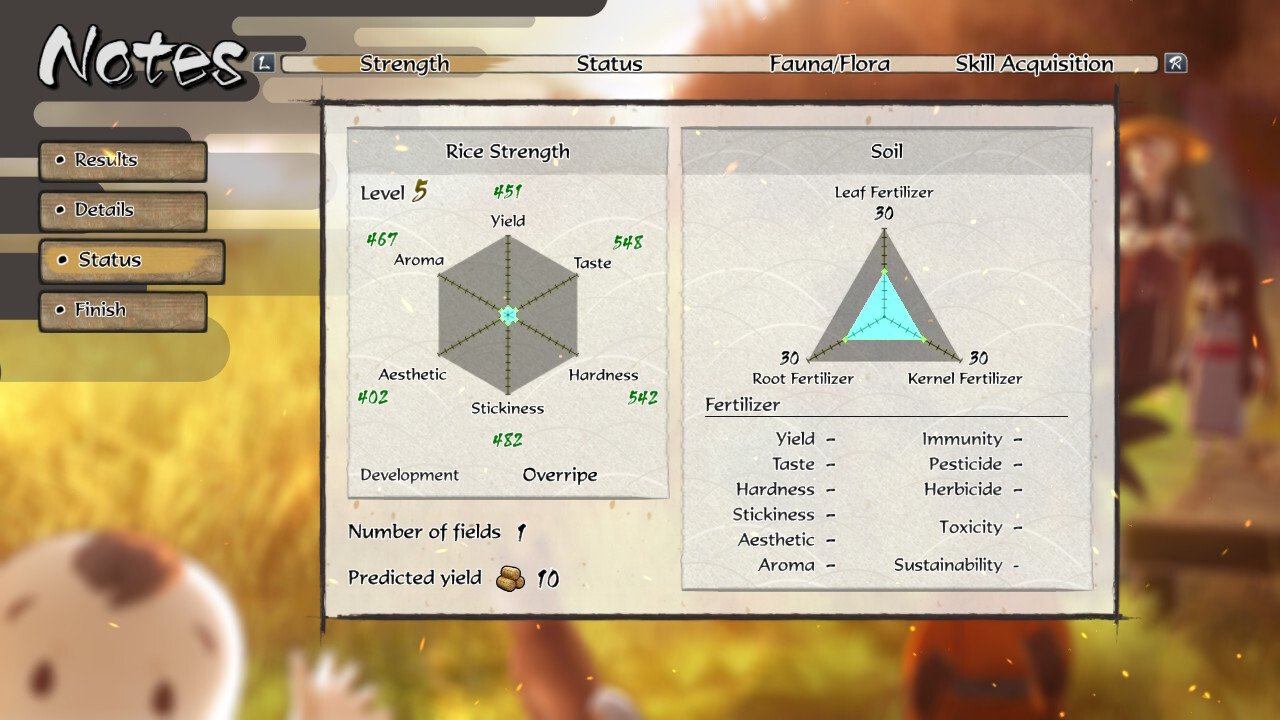
As the game progresses, you will also develop new agricultural tools to help you farm more efficiently. In addition to growing rice, which is part of the main storyline, you’ll have a series of side quests given by the cast of characters and goals to complete around the island. The biggest takeaway of this game, however, is that everything is connected and when you help a side character out, they will reward and help you advance in your path to becoming the best (and also the only) Japanese rice farmer around.
Rice Growing as a Japanese Cultural Artifact
Rice is extremely important in Japan and is at the heart of the typical Japanese diet. However, as Edelweiss director Nal explained in a recent interview about the game: “[…] while it has a strong connection to our daily lives, your average Japanese person doesn’t actually know that much about it.” Nal then goes on to say that the research during the development of the game helped the team understand just how intricate the process is.
Of course, today, Japanese farmers use modern technologies to help produce rice en masse so Sakuna isn’t meant to be realistic in that way, but the process and the incredible importance of the seasons throughout that process is still very much something that is practiced today. This also extends to the protection of the environment in which the rice is being grown and the conservation of the living organisms around the paddy fields.
In the game, one of the chores is to keep an eye out for spiders, frogs and other small creatures not to capture or eradicate them, but rather to relocate them so that they can contribute to the health of the crops. The game is so accurate that it was featured on the Japan Agricultural News website on the day of its release.
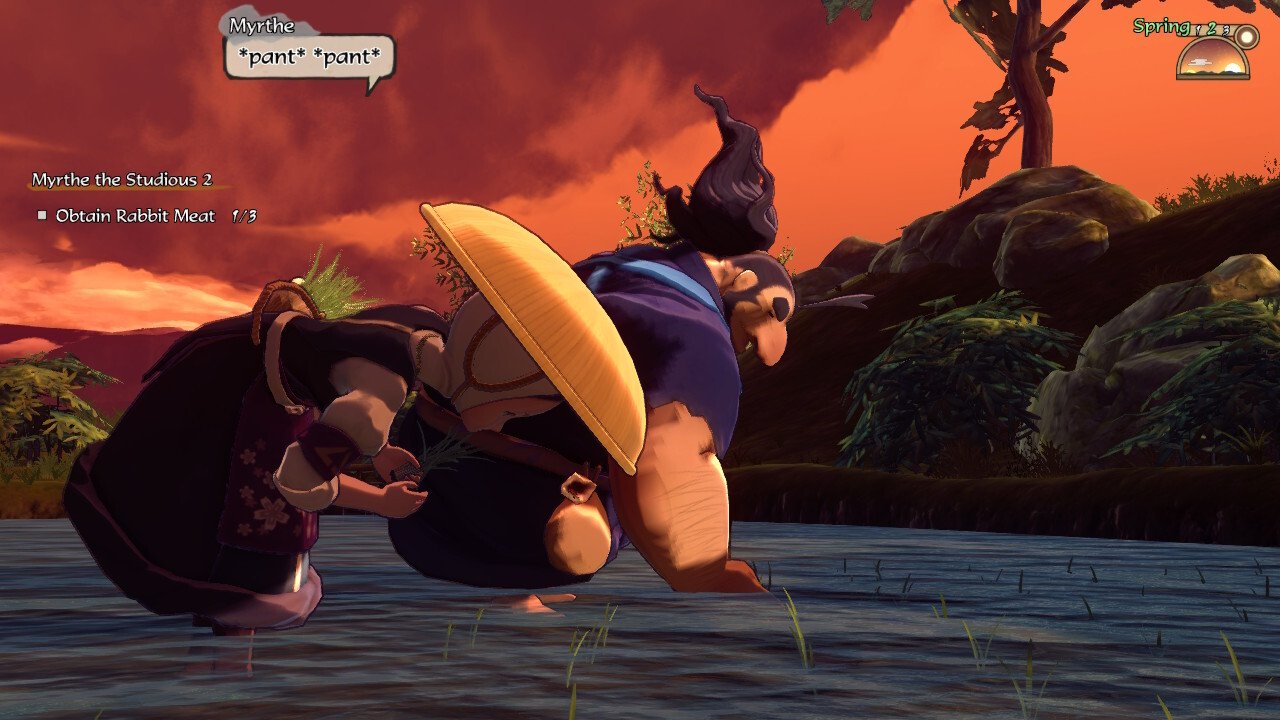
More than a game, Sakuna is also an effort to make players see this other side to their food, the one you know has always been there but have never taken the time to educate yourself about. Even researching for this article and trying to see just how accurate this game was in reality, I learned so much about the continuous decrease of farmers in Japan and the concerning pressures of the Trans-Pacific Partnership on them. Rice, which I myself am guilty of “growing tired of” after nearly three years in Japan, has been a significant factor in the Japanese economy, society and culture for as long as Japanese history itself. It’s easy to forget, but Sakuna does an amazing job at humbling the player on that front.
Final Thoughts
If you have even the slightest interest in Japanese culture, you will most likely enjoy this game. But if you already have an affinity for Japanese games, you will absolutely enjoy this game. Don’t let the prospect of planting, growing and harvesting rice throw you off. It can’t be said enough: This isn’t a farming simulator-type game. Fighting the spirits in the various areas of the island is great fun as is figuring out the perfect recipe for fertilizer.
Finally, a note on the translation of the game: Playing in Japanese makes for great reading practice and vocabulary building, but the English localization is also superb!
Sakuna of Rice and Ruin is available to play on Nintendo Switch, PS4 and Steam for ¥5,478

